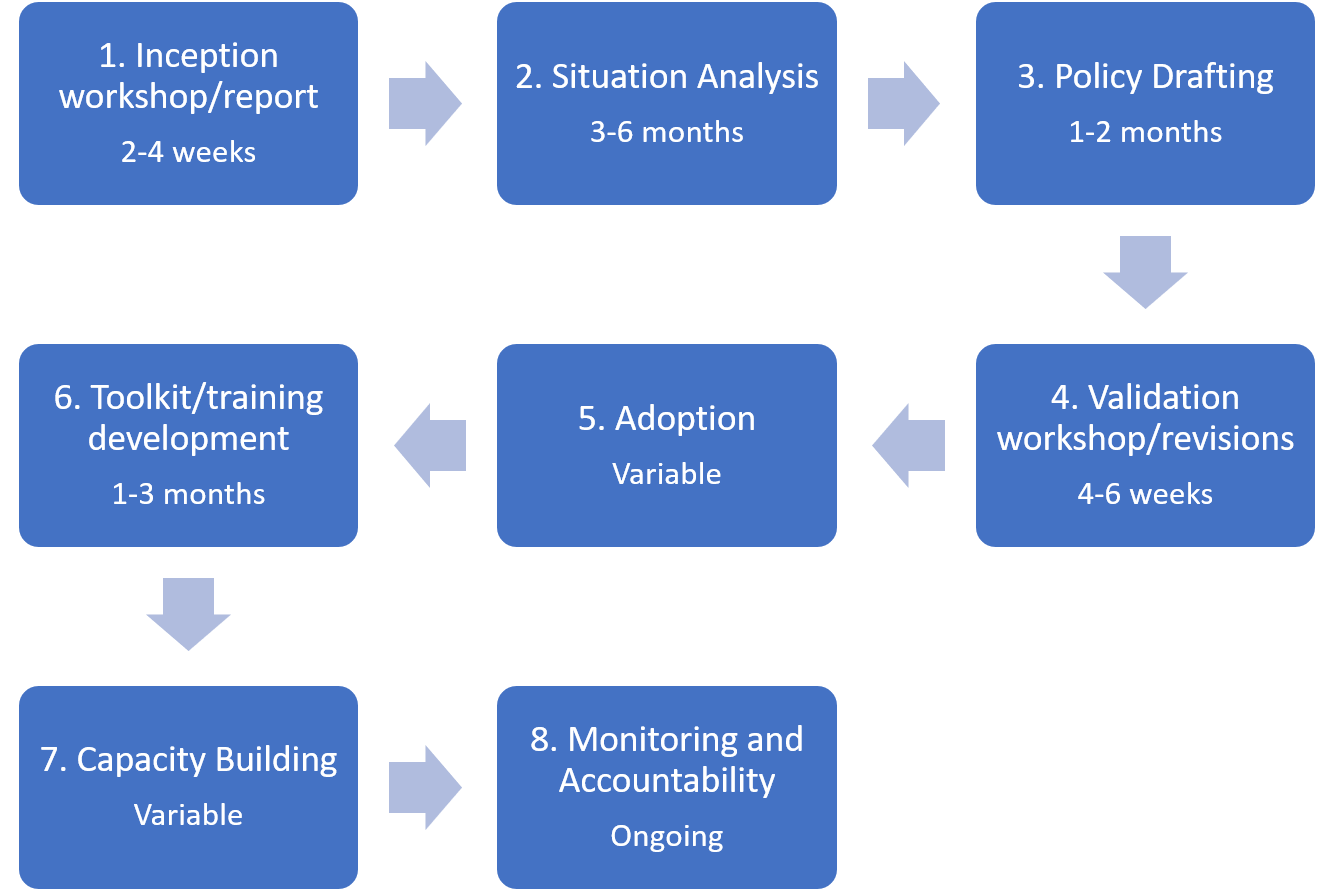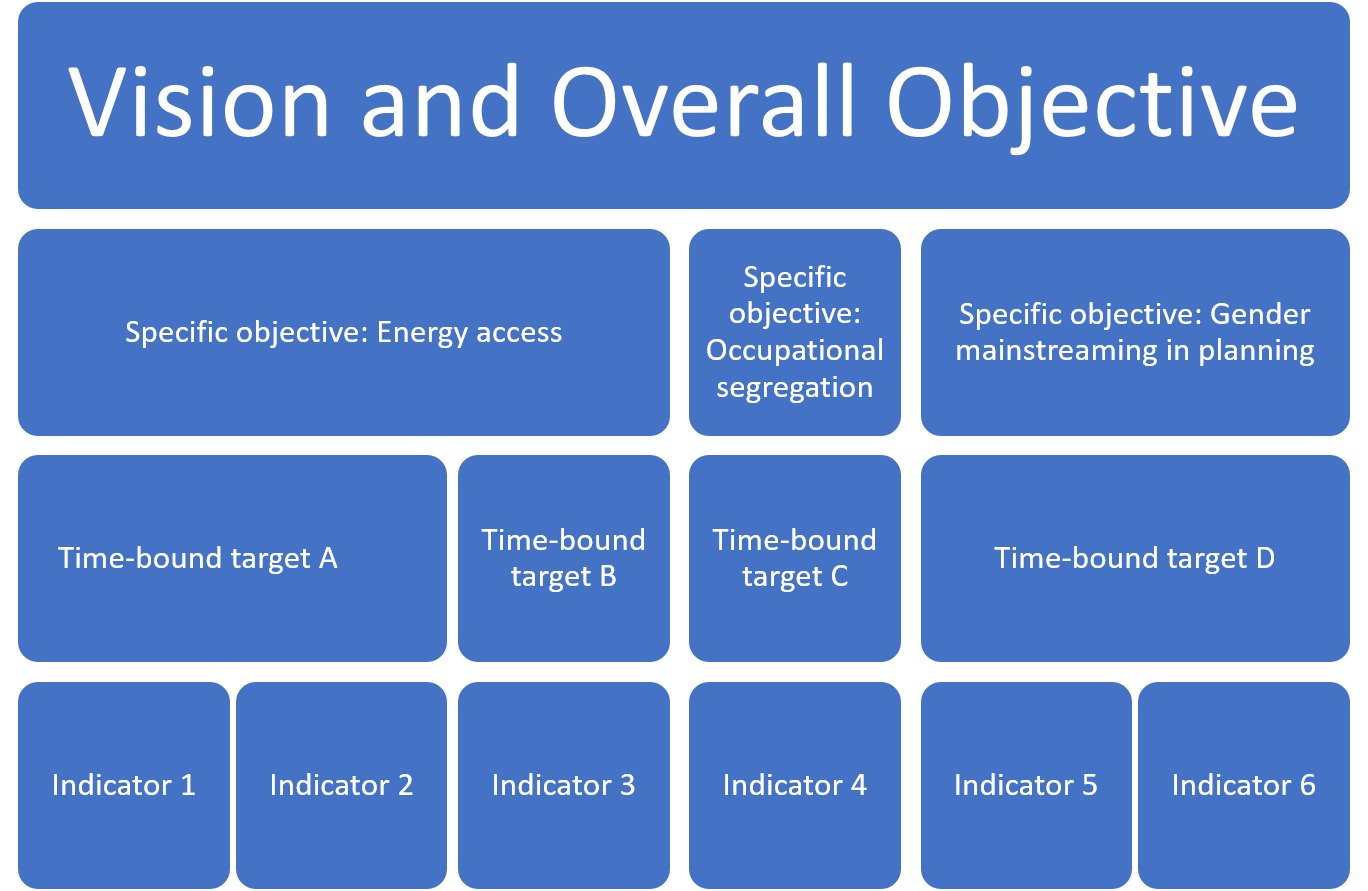Tackling Energy Poverty with Gender Mainstreaming
Dec. 10, 2019 by Laura Beshilas
This blog post covers a new report from NREL’s Victoria Healy about how gender mainstreaming can be used to counteract energy poverty.
Energy availability and poverty level are linked inextricably: energy provides the most basic necessities of life (heating, cooking, lighting) and can enable upward mobility. The United Nations Sustainable Development Goal Seven: Affordable and Clean Energy emphasizes that “energy is central to nearly every major challenge and opportunity the world faces today.”
Energy Poverty
The International Energy Agency defines energy poverty as “a lack of access to modern energy services … defined as household access to electricity and clean cooking facilities.” It is clear that people suffer from energy poverty across the globe. Worldwide, 840 million people lack electricity access, and 3 billion rely on biomass for cooking and heating
Energy poverty brings many other societal challenges: health problems related to biomass burning, reduced food and water access, increased deforestation, economic stagnation, and gender inequality.
Though energy poverty may seem like an issue that only affects developing countries, millions in the United States suffer from energy poverty. One out of every three U.S. households struggles to pay home energy bills. In 2016, 714,000 homes in California lost electricity due to unpaid utility bills. In the summer of 2017, 900,000 homes in Texas lost power because of unpaid bills.
Women generally experience energy poverty in different ways and more severely than men. They often are responsible for the household chores that are connected to energy. For example, cooking with biomass requires time to collect the fuels, and this time commitment reduces their ability to go to school, be employed, and enhance their livelihoods.
There are also negative health impacts associated with cooking with biomass. Women and children account for 85% of the estimated 2 million deaths caused by biomass-induced indoor air pollution. More women and children die annually due to illness caused by air pollution than HIV/AIDS, malaria, tuberculosis, and malnutrition combined.
Gender-Sensitive Energy Policies
The consideration of gender is essential to creating energy policy and tackling energy poverty issues. United Nations Sustainable Development Goal Five stresses that gender equality is a “necessary foundation for a peaceful, prosperous, and sustainable world.” The Blueprint Guide for Creating Gender-Sensitive Energy Policies, researched and published by the Clean Energy Solutions Center, outlines four main reasons policymakers should incorporate gender mainstreaming into energy policy development:
- Energy access is a basic human right.
- Gender mainstreaming is necessary for success of policies and programs.
- Markets and investments operate more effectively if women are involved at all levels.
- Women represent enormous potential if they are fully engaged in addressing the global energy poverty crisis.
Gender Mainstreaming
Gender mainstreaming is “the process of assessing the implications for women and men of any planned actions, including legislation, policies, or programs, in all areas and at all levels. It is a strategy for making women’s as well as men’s concerns and experiences an integral dimension of the design, implementation, monitoring and evaluation of policies and programs in all political, economic and societal spheres, so that women and men benefit equally, and inequality is not perpetuated.”
The Blueprint Guide for Creating Gender-Sensitive Energy Policies was commissioned by Power Africa and based on experiences and lessons resulting from developing the Economic Community of West African States (ECOWAS) Policy for Gender Mainstreaming in Energy Access. The report was authored by Ellen Morris, Ph.D.; Jennye Greene from Sustainable Energy Solutions; and Victoria Healey from NREL.
The blueprint serves as a road map for policymakers at any level to create energy policies that are gender inclusive. It focuses on gender mainstreaming to achieve the following goals:
- A diverse management workforce to support project development
- Energy policies that “do no harm” to women and other disadvantaged groups
- Investments that are available equally to men and women
- Transparent and open community engagement.
With the intent of advancing these goals, the blueprint provides direction on key aspects of gender-inclusive energy policy development, including the following.
Getting Started
To develop gender-inclusive energy policy, policymakers can begin by creating a solid foundation for policy development in the preparation and planning phase. A proper foundation requires:
- An institutional home that has the capacity to push the policy development forward
- Champions who are committed to the policy development from beginning to end
- Financial resources.
During the preparation and planning phase, policymakers should identify major stakeholders.
Policymakers seeking to develop gender-inclusive energy policy should also create a foundation for policy design. Many factors are important when designing policy that incorporates gender mainstreaming, but two stand out: policy scope and the type of policy instrument to be developed.
Policy Development
Figure 1 illustrates the different policy development activities that may take place when creating gender-inclusive energy policy. These activities require stakeholder engagement throughout and culminate in key document development. They begin with the following.

Inception Workshop
At an inception workshop, policymakers introduce the methodology, approach, and timeline for policy development to gather and incorporate feedback and get buy-in from the community. The inception workshop and subsequent report create a common understanding from the beginning.
Situation Analysis
The situation analysis justifies and informs energy and gender policy creation by examining gender issues in three areas: energy access, energy supply, and the enabling environment for energy. A sample outline is available in the full blueprint report in Annex 7.
Policy Drafting
Figure 2 highlights the organizational structure of gender-inclusive energy policy development.

Validation
To achieve policy adoption, policymakers need to present documents to stakeholders for validation.
For more details and resources, please read the full report, Blueprint Guide for Creating Gender-Sensitive Energy Policies.
Further Reading
The Clean Cooking Alliance
UN Women: Sustainable Energy For All: The Gender Dimensions
ECOWAS Network on Gender Mainstreaming in Energy Access
USAID: Energizing Equality: The importance of integrating gender equality principles in national energy policies and frameworks
Share
